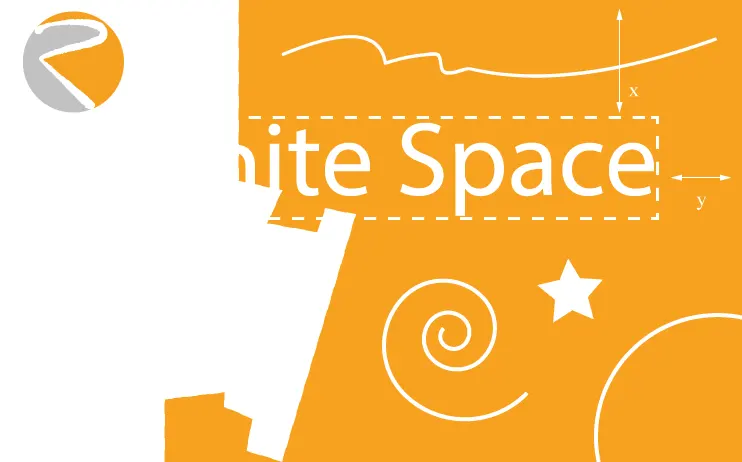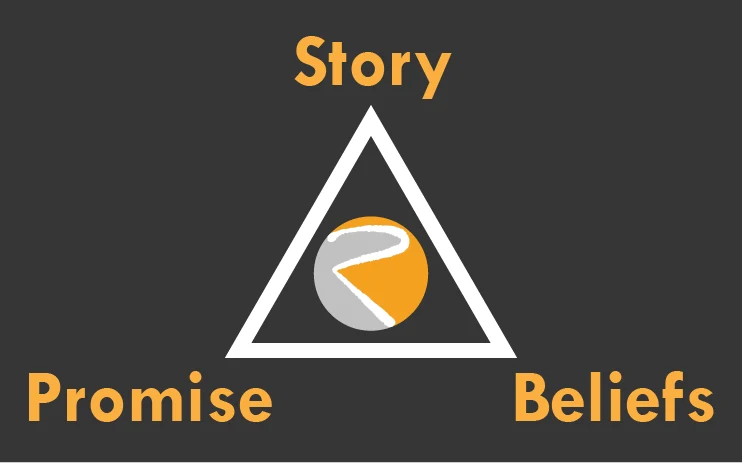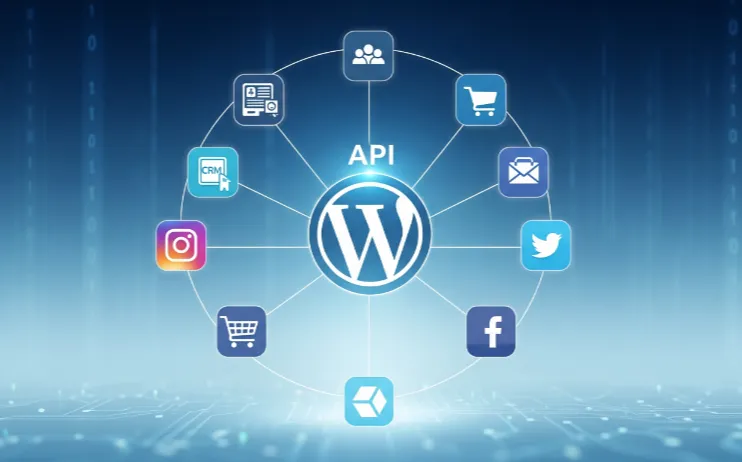Hello, business owners! In the ever-evolving world of digital marketing, staying ahead means understanding what makes your website tick – not just for your customers, but for search engines too. If you’ve been hearing whispers about Core Web Vitals, but aren’t quite sure what they mean for your business website, you’ve come to the right place.
Think of your website like a high-performance sports car. You might have a beautiful exterior (great design) and powerful engine (robust features), but if the handling is clunky, the acceleration is slow, or it jolts around unexpectedly, no one’s going to enjoy the ride. Core Web Vitals are Google’s way of measuring that “ride quality” – the real-world user experience of your website.
And here’s why it matters: Google now uses these metrics as a significant ranking factor. This means that a poor score can directly impact your SEO, pushing your website lower in search results, reducing organic traffic, and ultimately, costing you potential sales. As a developer focused on Website Optimization, I can tell you that understanding and improving your Core Web Vitals is no longer optional; it’s essential for boosting your online presence and revenue.
Let’s demystify these crucial metrics and equip you with the knowledge to drive your website’s performance forward.
What Are Core Web Vitals? The Three Pillars of User Experience
Core Web Vitals are a set of three specific metrics that Google uses to quantify the user experience on your website. They measure how quickly users can see and interact with your content, and how stable that content remains as the page loads.
These three metrics are:
1. Largest Contentful Paint (LCP)
- What it measures: LCP measures the time it takes for the largest content element (like a hero image, video, or a large block of text) on your page to become visible within the user’s viewport. In simpler terms, it’s about how quickly the “main event” of your page loads.
- Why it matters: A fast LCP reassures users that the page is actually loading and that your content is coming into view. If users stare at a blank or slowly assembling screen, they’re more likely to bounce.
- Good Score: An LCP of 2.5 seconds or less.
2. First Input Delay (FID)
- What it measures: FID measures the time from when a user first interacts with your page (e.g., clicks a button, taps a link, types into a form) to the time when the browser is actually able to respond to that interaction.
- Why it matters: This metric speaks to the responsiveness of your site. If a user clicks a button and nothing happens for several seconds, it creates a frustrating experience. A low FID means your site feels snappy and immediately reactive.
- Good Score: An FID of 100 milliseconds or less. (Note: In March 2024, FID will be replaced by Interaction to Next Paint (INP), which measures responsiveness more holistically. However, the core concept of responsiveness remains the same.)
3. Cumulative Layout Shift (CLS)
- What it measures: CLS measures the unexpected shifting of visual page content as it loads. Have you ever gone to click a button, and suddenly an ad or image loads above it, pushing the button down and causing you to click something else entirely? That’s a layout shift.
- Why it matters: Unexpected layout shifts are incredibly annoying and can lead to users clicking the wrong elements, getting lost, or simply becoming frustrated and leaving. A low CLS ensures a stable and predictable user experience.
- Good Score: A CLS score of 0.1 or less.
You can check your website’s Core Web Vitals performance using Google’s PageSpeed Insights tool or by looking at the “Core Web Vitals” report in Google Search Console.
Actionable Steps to Improve Each Core Web Vital Metric
Now that you understand what each metric means, let’s dive into practical steps you can take to improve them. Many of these overlap with general Website Optimization best practices.
Improving Largest Contentful Paint (LCP)
A fast LCP is all about getting your main content visible quickly.
- Optimize Images & Videos:
- Compress: Ensure all images and videos are compressed to the smallest possible file size without losing quality. Tools like TinyPNG or WordPress plugins like Smush and EWWW Image Optimizer are invaluable.
- Proper Sizing: Serve images at the exact dimensions they are displayed on the screen. Don’t upload a huge image and let the browser scale it down.
- Lazy Loading: Implement lazy loading for images and videos below the fold (not immediately visible on screen). This ensures the browser only loads what the user can see first.
- Minify CSS and JavaScript: These are the code files that style and add interactivity to your site. Minifying them removes unnecessary characters (like spaces and comments), making the files smaller and faster to download.
- Upgrade Your Hosting: As we discussed in a previous blog post about WooCommerce speed, your hosting provider plays a massive role. A faster server with more resources will naturally improve LCP. Consider managed Hosting or a VPS.
- Use a CDN (Content Delivery Network): A CDN serves your website’s static assets (images, CSS, JS) from servers closer to your users, drastically reducing load times. Services like Cloudflare offer free plans.
Improving First Input Delay (FID)
A low FID means your site responds quickly to user interaction. This is primarily about ensuring your browser isn’t too busy executing code.
- Reduce JavaScript Execution Time:
- Defer non-critical JavaScript: Load JavaScript files that aren’t essential for the initial page view after the main content has loaded.
- Minimize third-party scripts: Every tracking script, ad script, or social media widget adds to your FID. Audit your site and remove any unnecessary third-party scripts.
- Use Browser Caching: Implement browser caching to store static files (CSS, JavaScript, images) in the user’s browser. This means that on subsequent visits, the browser doesn’t need to re-download these files, leading to a much faster and more responsive experience. WordPress caching plugins (like WP Rocket or W3 Total Cache) handle this effectively.
Improving Cumulative Layout Shift (CLS)
Preventing unexpected content shifts is key to a low CLS.
- Specify Image & Video Dimensions: Always include
widthandheightattributes for your images and video elements in your HTML. This tells the browser exactly how much space to reserve, preventing shifts when the media fully loads. - Reserve Space for Ads & Embeds: If you have ads or embedded content (like YouTube videos), make sure to reserve sufficient space for them in your layout. Dynamic ad slots are a common culprit for high CLS.
- Avoid Inserting Content Above Existing Content: Don’t dynamically inject content (like pop-ups or banners) at the top of the page after the initial content has loaded. If you must, ensure the layout adjusts smoothly and predictably.
- Preload Web Fonts: If you’re using custom fonts, they can sometimes cause text to shift as they load. Preloading critical web fonts can prevent this “flash of unstyled text.”
Implementing these changes can feel technical, but the payoff in terms of user experience, SEO, and ultimately, sales, is immense.
The Critical Role of a Professional in Mastering Core Web Vitals
While some of these tips can be tackled by business owners with a bit of technical savvy, truly mastering Core Web Vitals often requires professional expertise. Deep-level optimization involves:
- Code-Level Analysis: Identifying inefficient code within your theme or Plugin Development, and refactoring it for better performance.
- Server-Side Optimization: Configuring your server environment for optimal speed, which goes beyond what most basic Hosting packages offer.
- Advanced Caching Strategies: Setting up multi-layered caching (browser, page, object caching) for maximum impact, especially for dynamic sites like E-commerce stores.
- Regular Monitoring & Maintenance: Core Web Vitals can fluctuate. Ongoing monitoring and adjustments are needed to maintain good scores, especially as your site grows or you add new features.
At Rudtek, we specialize in transforming slow, underperforming websites into lean, mean, revenue-generating machines. Our Website Optimization service is specifically designed to tackle Core Web Vitals, ensuring your site not only passes Google’s tests but also provides an exceptional user experience that keeps customers coming back. We analyze every aspect of your site, from your WordPress Development to your Website Design, to identify and rectify performance bottlenecks.
Don’t let technical hurdles stand between your business and its full online potential. Investing in your website’s performance is investing in your future success.
What’s Next?
You now have a solid understanding of Core Web Vitals and the steps needed to improve them. This knowledge is your roadmap to a faster, more user-friendly, and higher-ranking website.
- Have you checked your site’s Core Web Vitals scores recently? What were your results?
- Which of these optimization steps do you feel most confident tackling on your own?
- What’s the biggest challenge you anticipate in improving your website’s performance?
Share your insights in the comments below! If you’re ready to take your website’s performance to the next level and need expert assistance with Website Optimization, WordPress Development, or robust Hosting, don’t hesitate to contact Rudtek today. Let’s work together to boost your SEO, delight your customers, and supercharge your sales!







